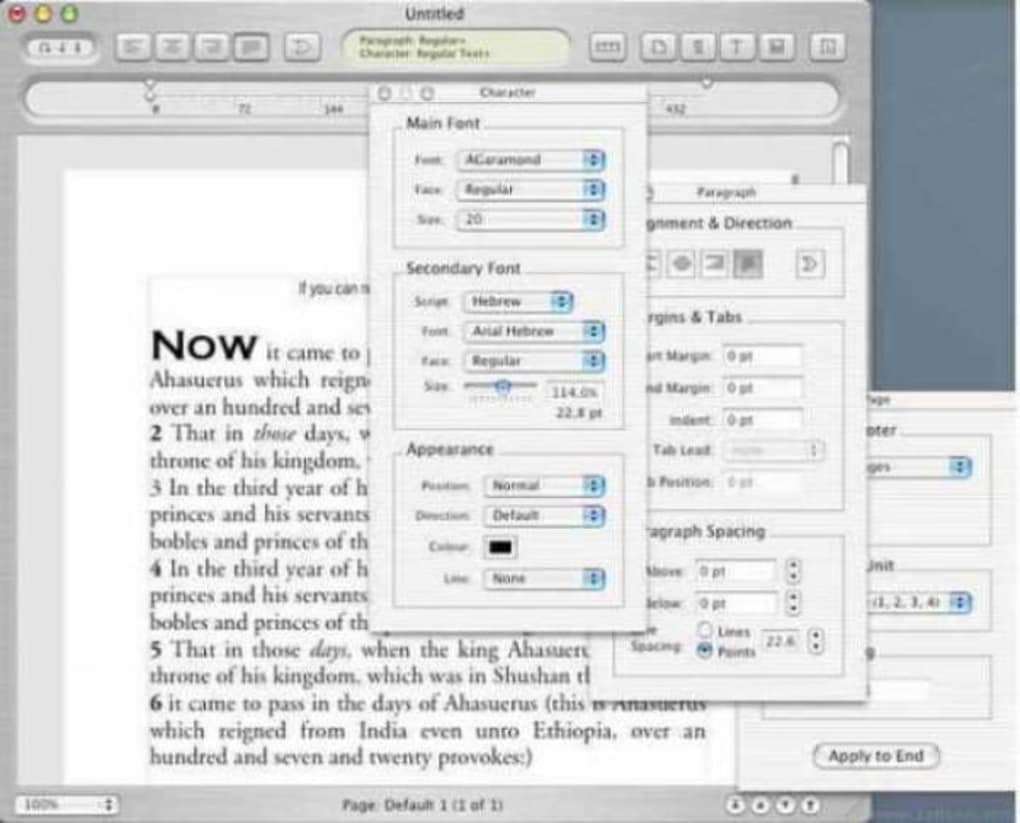

2 A number of these liturgically-oriented psalms are arranged in a unique collection in 4QH a.

What I describe as “liturgically-oriented texts” include compositions that are intended as scripts for liturgical practices, that describe such practices, or draw upon liturgical language and concepts. 1 Hartmut Stegemann’s reconstruction of 1QH a revealed that a number of the psalms toward the beginning and end of the manuscript contain liturgical elements, to the extent that if they are not in themselves liturgical texts, they are oriented toward early Judaism’s emerging liturgical literature. The scrolls come from Cave 1 (1QH a–b) and Cave 4 (4QH a–f) near the archaeological site of Qumran, just off the northwestern shore of the Dead Sea in the West Bank. The number is uncertain because only 75% of the largest and best-preserved manuscript (1QH a) has survived and the transitions between psalms are missing in some cases. The “Hodayot” or “Thanksgiving Psalms” are a collection of somewhere between twenty and thirty Jewish psalms found in eight fragmentary manuscripts dating from 100–1 BCE. The big question that I am addressing in my project is how the Thanksgiving Psalms from Qumran fit among the liturgically-oriented texts found among the Dead Sea Scrolls. This post will describe the contours of the project that I proposed and highlight how it draws on my previous work on 3D modelling at the Sherman Centre. I drew on my work at the Sherman Centre to develop a research proposal for this fellowship. During my 2018–2019 graduate residency, I secured an Azrieli International Postdoctoral Fellowship at the Hebrew University in Jerusalem. I am not writing this blog post from my cubicle in the Sherman Centre but from the Mount Scopus campus of the Hebrew University of Jerusalem. From Sherman Centre Project to Postdoctoral Fellowship Hasselbalch, Meaning and Context in the Thanksgiving Hymns: Linguistic and Rhetorical Perspectives on a Collection of Prayers from Qumran, Early Judaism and Its Literature 42 (Atlanta: SBL Press, 2015) in Ancient Jew Review.Ģ012 Review of The Orthodox Study Bible, in CTR 1.2 (2012): 86–94. Emanuel Tov, Kipp Davis, and Robert Duke, Publications of the Museum of the Bible 1 (Leiden: Brill, 2016), 222–36.Ģ021–22 “A New Proposal for Fragment Placements in the Material Reconstruction of 1QHodayot a I–VIII,” RevQ (Accepted and Forthcoming). Leiden: Brill, 2022.Ģ016 “A Fragment of Instruction,” in Dead Sea Scrolls Fragments in the Museum Collection, ed.
MELLEL CONTINUES FOOTNOTE PROFESSIONAL
2022 “A Scroll Divided? An Examination of the Wadded Bundle of 1QHodayot a,” DSD Advance Articles.Ģ022 “The Ritualization of Psalms in the Dead Sea Scroll 1QHodayot a (Thanksgiving Psalms from Qumran).” Forum on Ancient Jewish Liturgy, AJR (May 11, 2022).Ģ022 “Getting a Handle on 1QIsaiah b: A New Proposal for the So-Called Handle Sheet of 1QHodayot a,” DSD 29.1.Ģ018 “One Work or Three? A Proposal for Reading 1QS-1QSa-1QSb as a Composite Work,” DSD 25.2 (2018): 141–77.Ģ017 “A Case Study in Professional Ethics Concerning Secondary Publications of Unprovenanced Artefacts: The Re-Edition DSS F.Instruction1,” Distant Worlds Journal 2 (2017): 28–44.Ģ022 “Look Who’s Talking: Reconsidering the Speaker in the ‘Teacher Hymns’ (1QH a).” Pages 313–41 in Emerging Sectarianism in the Dead Sea Scrolls: Continuity, Separation, and Conflict.


 0 kommentar(er)
0 kommentar(er)
